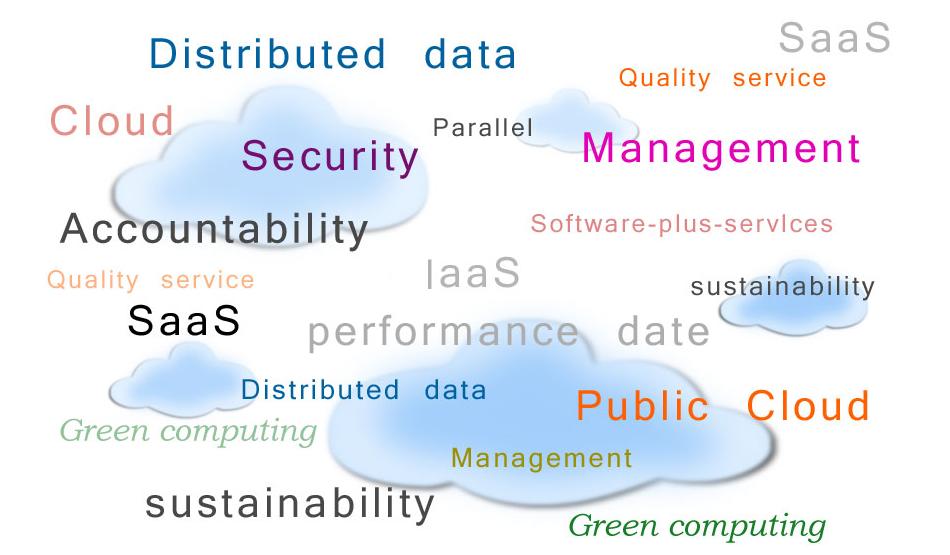Management Of Public Cloud

There are many definitions of public clouds, but in essence we are talking about approach, in which IT is not placed on your site, and users connect through a network of infrastructure that is not yours. We can distinguish cloud services in three models.
“Software as a service” (SaaS): This model is as old as the networking technology. Application is hosted in a third-party data center, users can connect to it and pay for its use as a public service – in proportion to consumption. Customers do not own any licenses to any equipment. They are connected to the application through a public or private network. SaaS makes sense for applications such as payroll, email or sales force automation. But this is not a complete list of applications needed to conduct business. If you like public clouds and if you can find the right solution, use SaaS. But we should not think that this is a complete strategy that satisfies your needs for IT. Very few companies will find a complete SaaS strategy to use IT.
“Platform as a Service” (PaaS): PaaS model means that servers, storage and IDE for a specific client applications reside with a particular vendor. For example, it may be owned by e-commerce platform. Customers write their applications and place them in the provider network, paying for megabytes and CPU. Various models of PaaS are most suitable for specific niche applications. In addition, they can be used to develop and test new software. However, this model is not sustainable and scalable solutions for strategic and other critical corporate applications. In addition, the promised supporters of this model reduce costs in the long term is very doubtful.
“Infrastructure as a service” (IaaS): This is a virtualized infrastructure without the physical, sometimes even without an operating system. You connect to it and do everything that you need. In essence, IaaS is a strategy for placement on another site, where IT assets are virtualized and made available to you according to your needs. This model is close reached to use other people’s insanity grounds in the 1990’s and early 2000’s. What is new is the extraction service providers economic advantages of virtualization technology. As it was the case with SaaS and PaaS, there are several very effective ways of using this model. However, it is in any case is not a panacea, does not guarantee cost savings or simplify the management needs of corporate IT.
Security: To share information in the public cloud is all the same like sending children to kindergarten without teachers, but still do not know where it is located. Parents will never do this. Likewise, the enterprises should not be placed in the public cloud environments for a 10 percent savings in operating costs. The risks are too great, and the economic effect is too small. This does not mean that the cloud providers do not take measures to protect your data. However, you as a customer must realize that whenever you no longer control the data, the security is at serious risk.
Economic aspect: Using public clouds, the company simply shift money from one pocket to another. Whatever is promised, service providers face the same problems of scalability, service quality and efficiency that arise within the enterprise. In addition, service providers are known for their inaccuracy in billing. This inaccuracy comes to the fact that any company whose sole task is to search for companies with which service providers charge excessive fees.
My advice: Enjoy the benefits of public clouds, but create private clouds on the basis of its own infrastructure in the media that have a full control.
- How Cloud Computing Is Changing The Labor Market - March 25, 2015
- Adopting Infrastructure as a Service Can be a Good Deal - March 17, 2015
- Will Virtualize? Take These Six Points Into Consideration - March 12, 2015